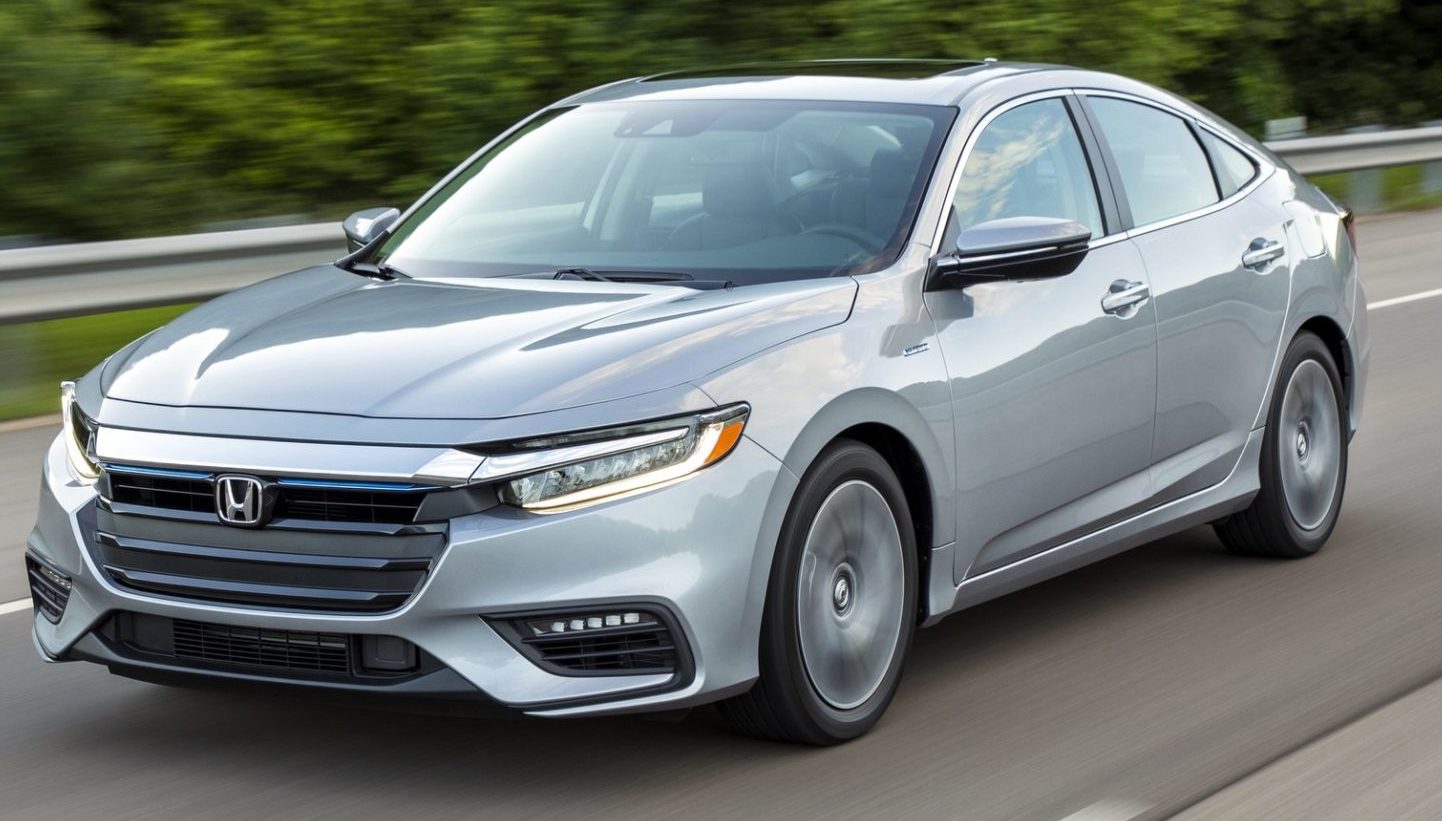Be inspired by the strategies and real-life stories in this new book by John Addison. Millions are spending less on gasoline, helping our country become energy secure, and reducing emissions. Every day, more people are riding clean, riding less, and riding together. Explore clean vehicles that are becoming available and affordable including electric vehicles, plug-in hybrids, hydrogen vehicles, diesels, and new cars with great mileage. See how the best employers promote flexible work and commute programs. Learn how families and friends are taking new approaches to sharing gas misers, gaining free time in the process. Develop new insights in the future of transportation, the auto industry, and into the great fuel race. Know your options for today and tomorrow. The solutions to saving money and saving the planet are now available. Available in paperback and ebook at Amazon and other booksellers on March 25, 2009.


